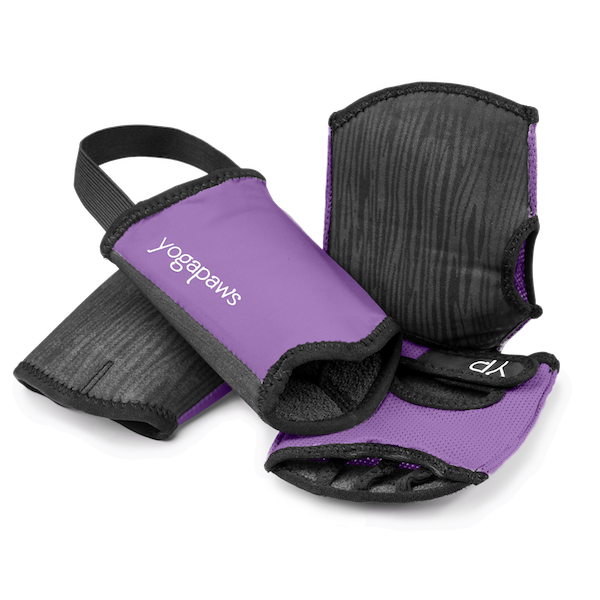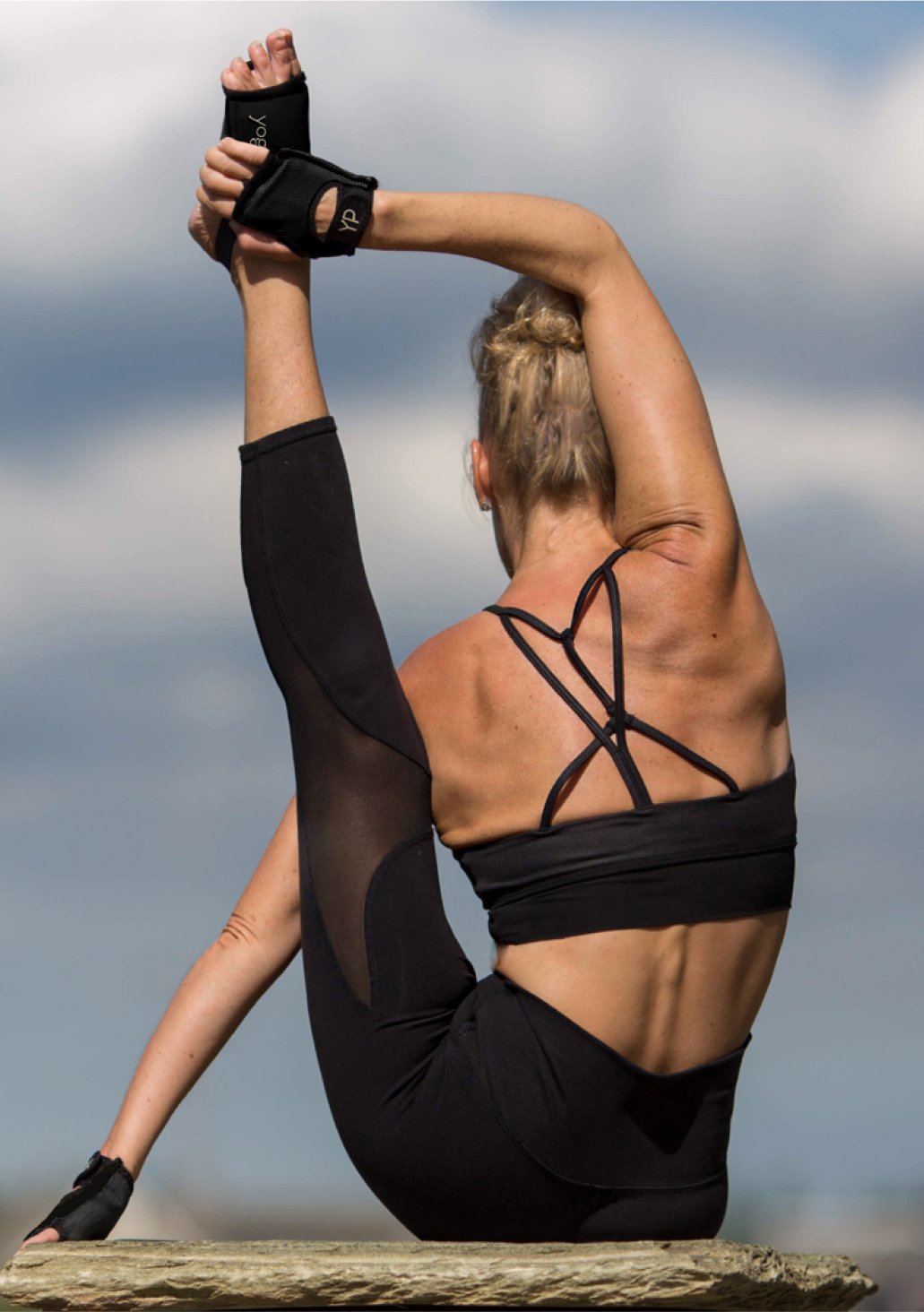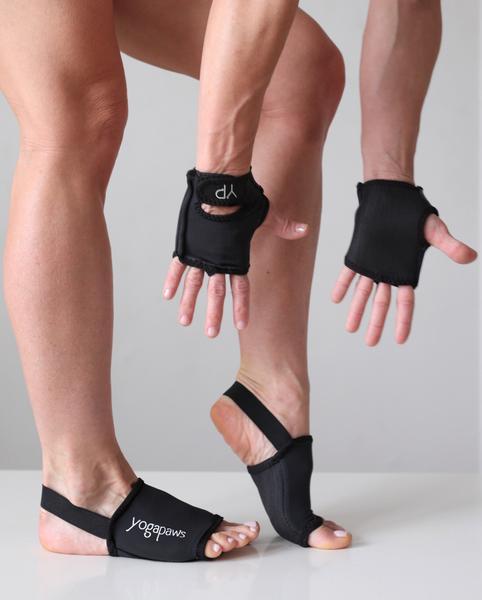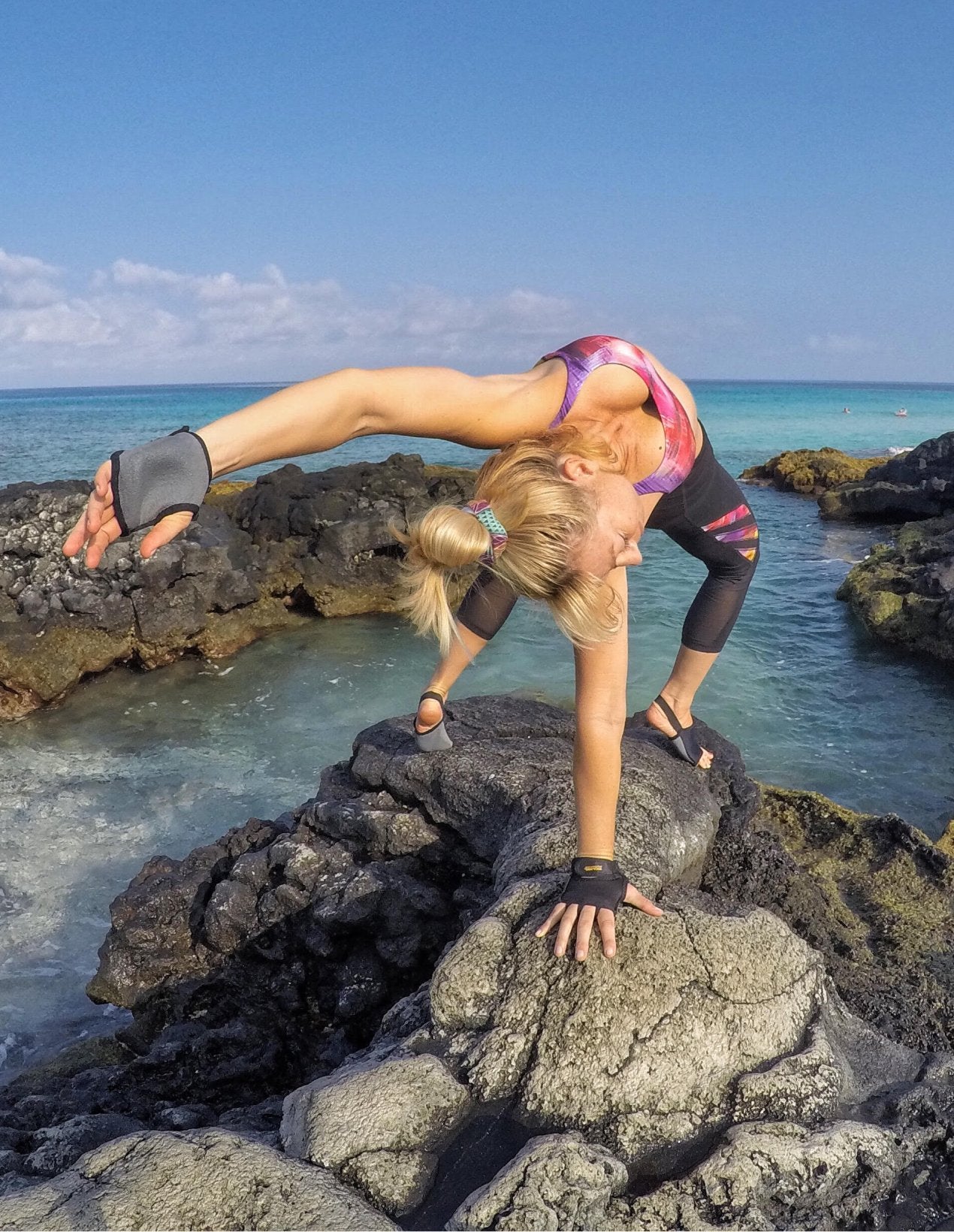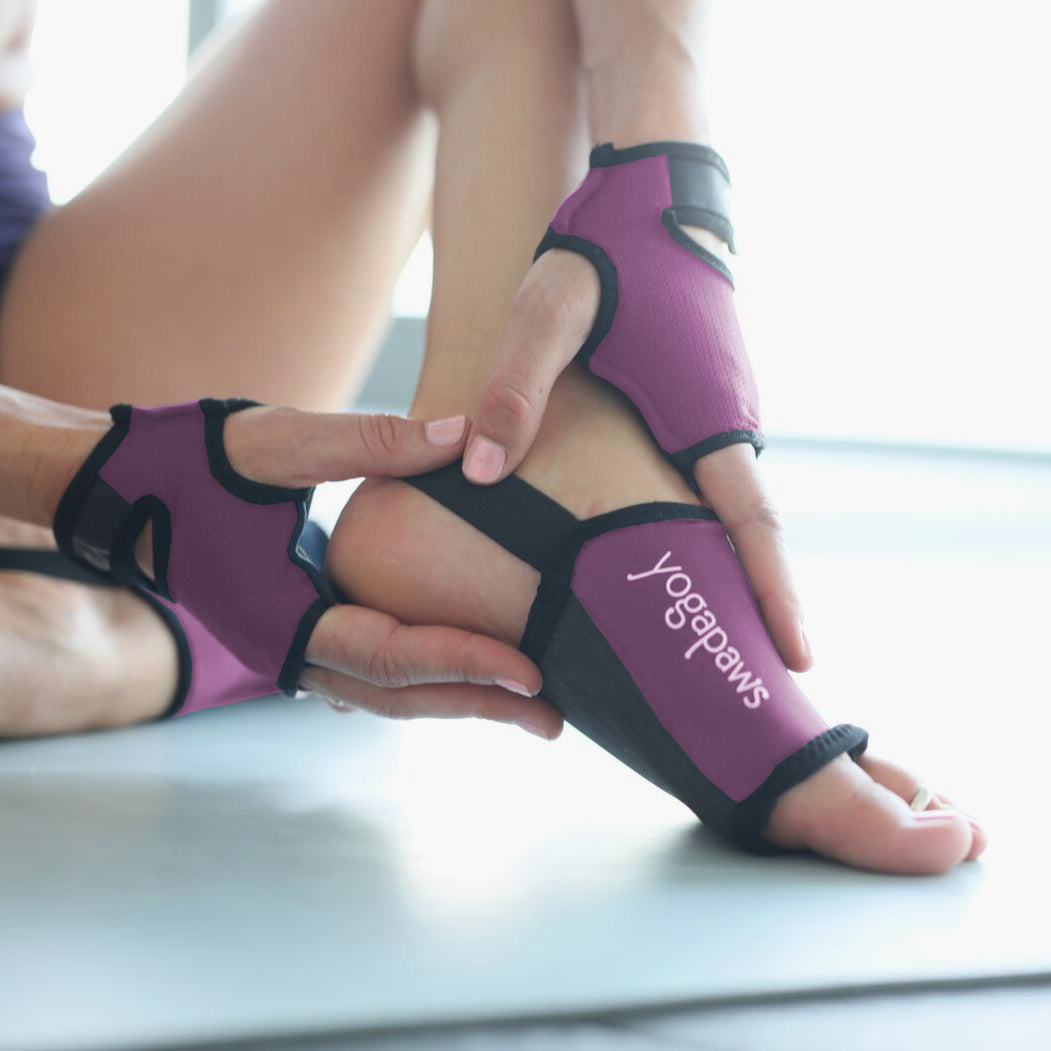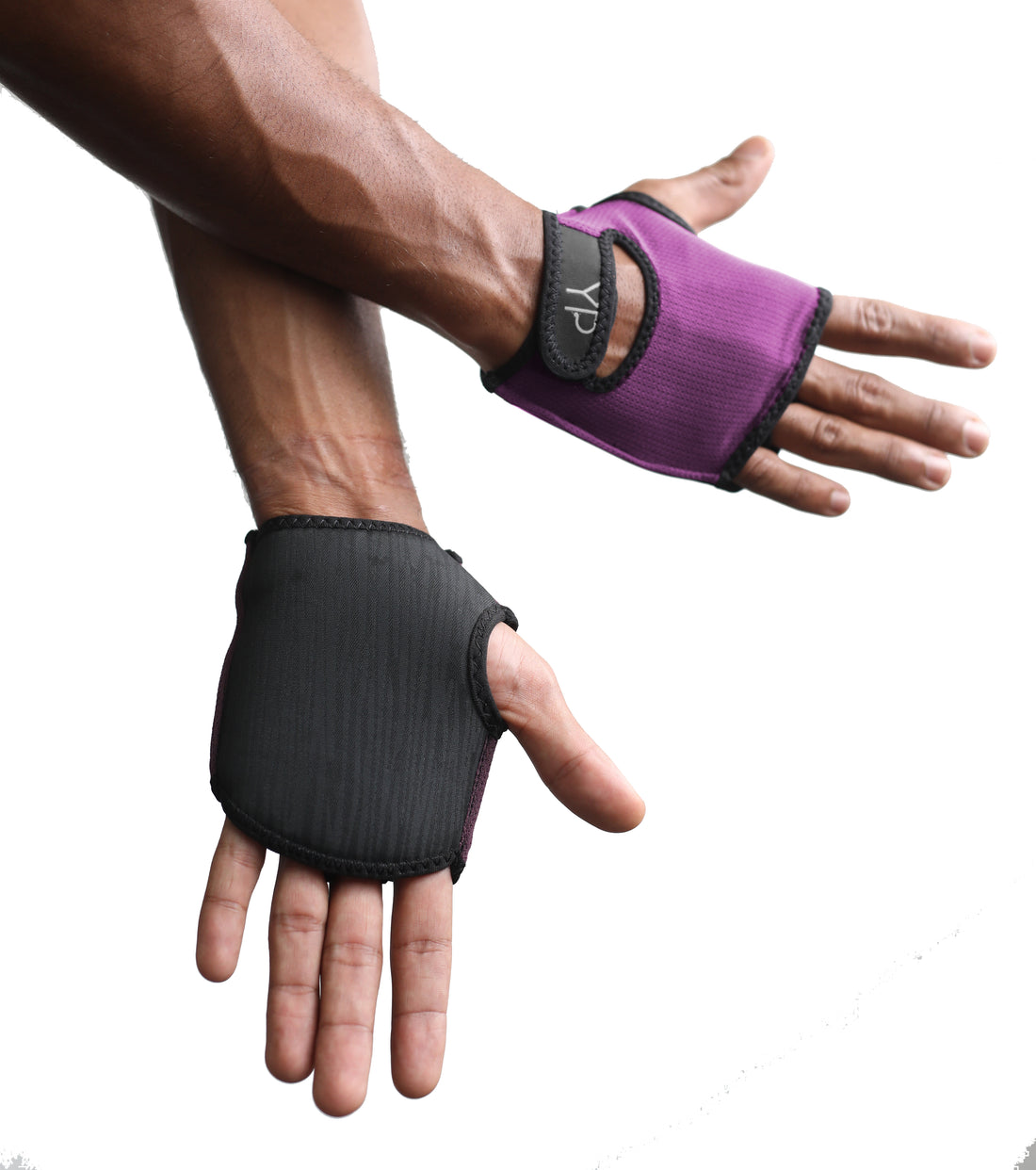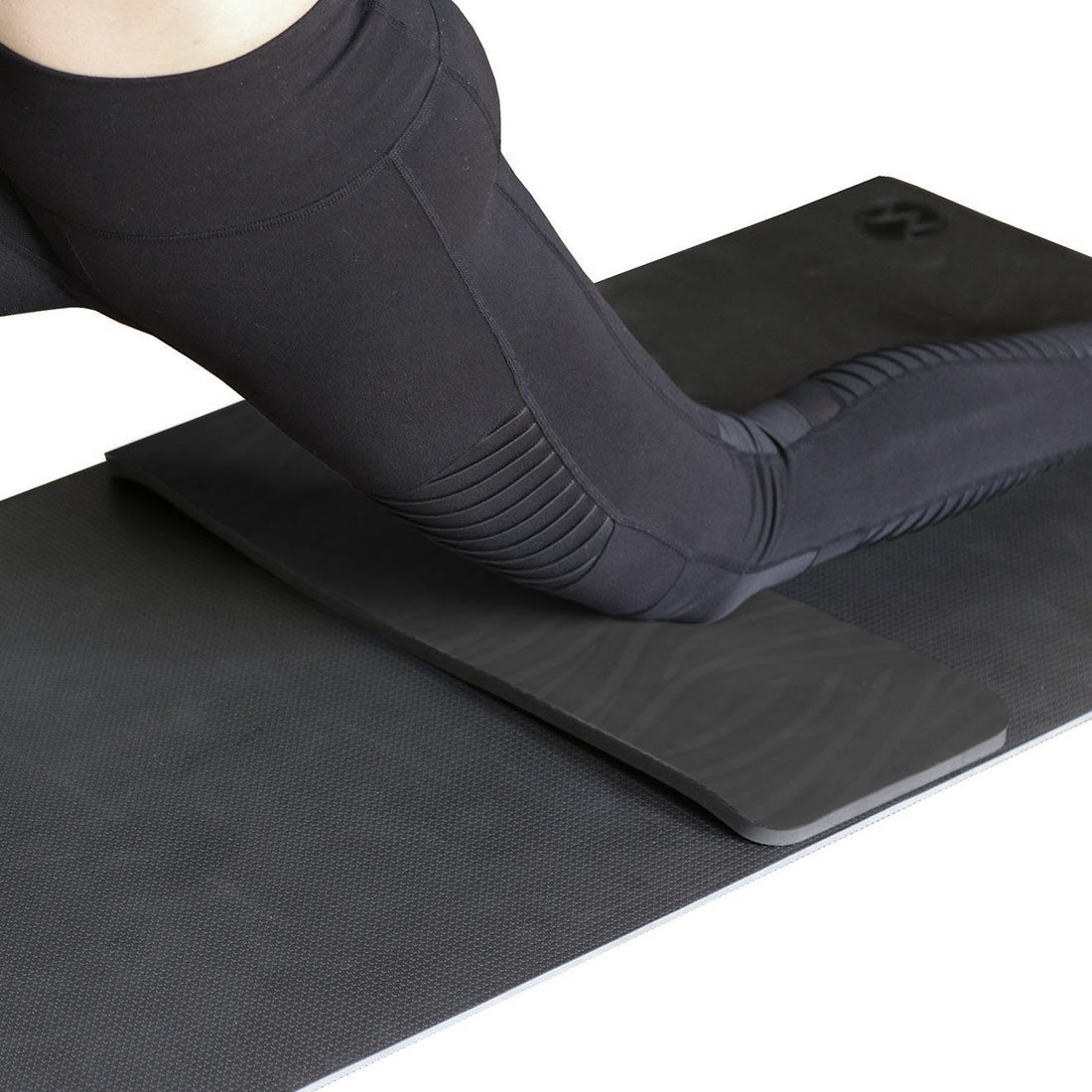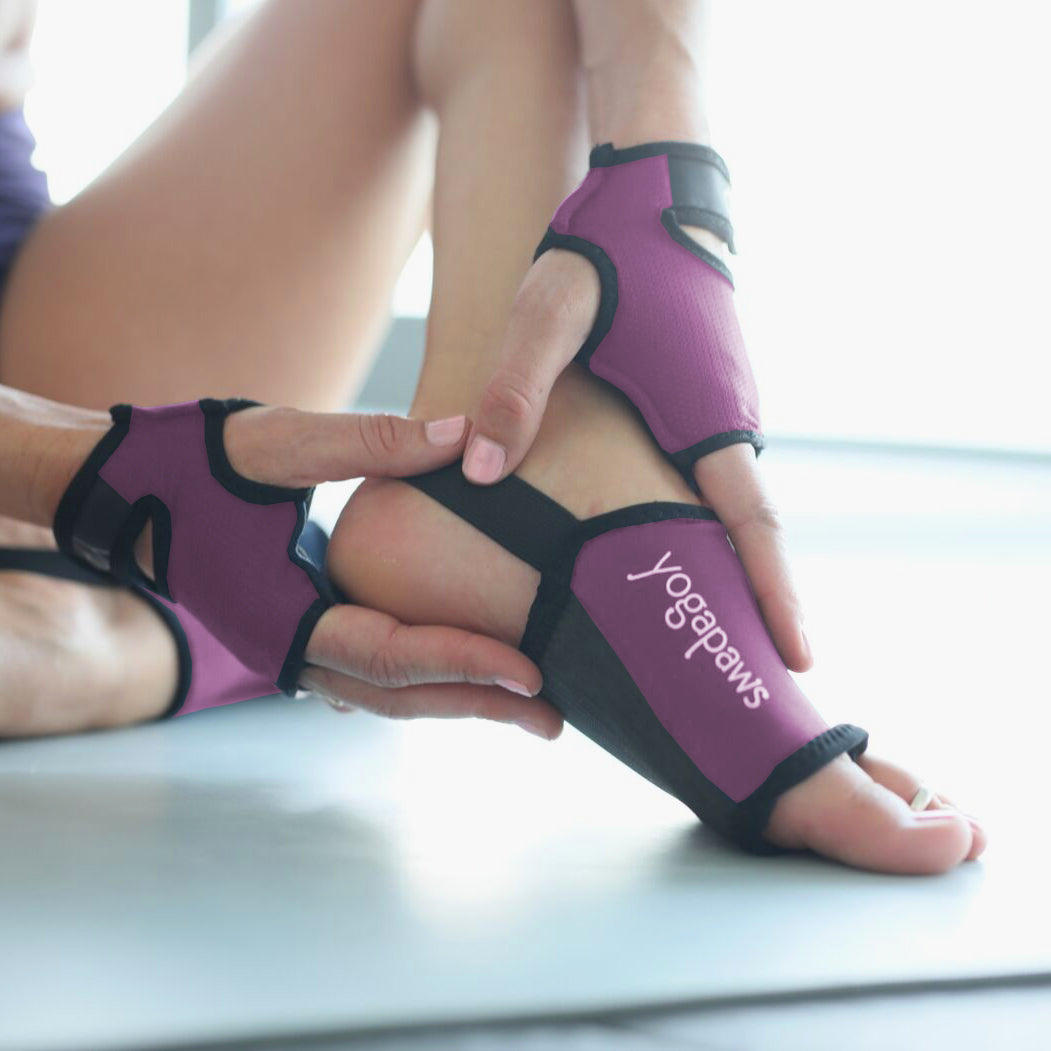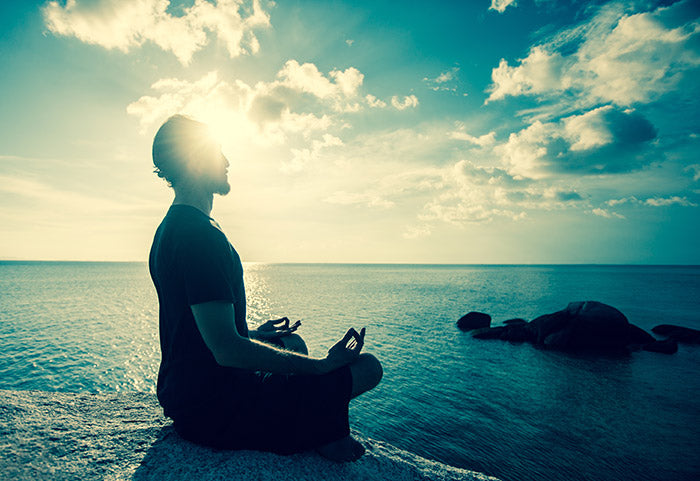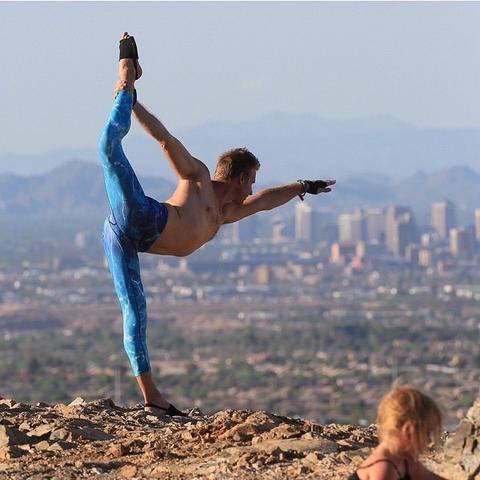 It happens to all students—of yoga or anything else. You fight your way through feeling absolutely incompetent at something you’ve just begun to feel like you understand what you don’t understand and, gradually, to feeling like you have developed a solid base of skills. Then you see whatever you think is the next “pinnacle” of your discipline and all that progress seems to evaporate like mist. Suddenly, you’re a beginner again and success seems a long, long way away.
It happens to all students—of yoga or anything else. You fight your way through feeling absolutely incompetent at something you’ve just begun to feel like you understand what you don’t understand and, gradually, to feeling like you have developed a solid base of skills. Then you see whatever you think is the next “pinnacle” of your discipline and all that progress seems to evaporate like mist. Suddenly, you’re a beginner again and success seems a long, long way away.
For many yogis, arm balances are that peak. You stand at the base camp of your mat and taking flight balanced on just your hands seems like a long, uphill trek. But, like most things you perceive as really far away, remember that, if you can see the goal, you know where you’re headed.
Before you start that metaphorical climb, it’s time to demystify what it takes to balance on your hands. The three main components—being able to keep your abdominals working through a pose, finding your balance point and old-fashioned arm strength—are skills you’ve been practicing as long as you’ve done yoga. If you’ve been doing a vinyasa sequence in class, you’ve learned to keep your body engaged head to toe as you lower from Plank Pose to Chaturanga Dandasana (Four-Limbed Staff Pose). That control will give you the building blocks to progress to the most challenging arm balances out there.
Warm up with comfortable poses that ground you and let you tap into your upper body. The feeling of strength in your arms in Adho Mukha Svanasana (Downward-Facing Dog Pose) is the same sense of muscular activity you’ll want to create in Bakasana (Crane or Crow Pose). The asymmetrical balance of Ardha Chandra Chapasana (Half-Moon Pose) helps prepare your body for the shifted center of gravity in many arm balances. In that respect, your body is like math: two and two will always equal four.
As you explore these poses, bring your attention back to what you know. Keep your center engaged, firm your shoulder blades and fire up the energy in your arms and legs. Here are some poses to try:
 |
Pincha Mayurasana (Feathered Peacock Pose) Benefits: This inversion challenges you to keep your shoulder blades engaged, which stabilizes you in arm balances. How to do it: Begin in Adho Mukha Svanasana (Downward-Facing Dog Pose) against a wall. Place your fingertips against the wall and bend your arms until your forearms are on the floor and parallel to each other. Step your left leg in and leave your right leg extended. Push with your feet to push off the floor on an exhale and bring your heels to the wall. Remain in the pose for 10-15 seconds at first, working your way up to one minute, then release. Try kicking up with the other leg as your practice this pose. |
 |
Bhujapidasana (Shoulder-Pressing Pose) Benefits: This pose allows you to experiment with arm balance without the fear factor of an inversion, so it’s a good “safe place” to find your alignment. How to do it: Squat with your knees wide. Then, tilt your torso forward and put your hands on the ground. Place your left shoulder and upper arm under your left thigh, keeping your knee bent. Do the same on the right. Press your hands into your mat, and raise your feet by shifting your weight backward. Press your legs into your arms. If you are new to the pose, Once your legs are under your shoulders, try walking your toes toward each other. Work up to crossing the legs at the ankles, engaging your core and lifting your feet off the floor. Hold for 30 seconds, the release. |
 |
Benefits: Extending your legs in this pose helps you feel the opposition in your body needed for more complex arm balances. How to do it: Begin with your knees slightly less than shoulder-width apart. Squat down and bend forward to place your hands on the ground. Raise your pelvis slightly. Snug your right thigh onto your right upper arm and do the same with your left leg. Focus on pulling your navel toward your spine. Find your center of gravity by pulling your weight back. Once you’re on balance, extend both legs on an inhale. Hold for 15 seconds, then release. |
The most important thing to keep in mind while you practice these poses is, “Don’t panic.” Even if you can’t hold them at first, try to figure out what’s going on. Too far forward? Lean back. Too far back? Bring your weight more into your fingers. You can troubleshoot your own body more than you think and before you know it you’ll be soaring on your hands.


